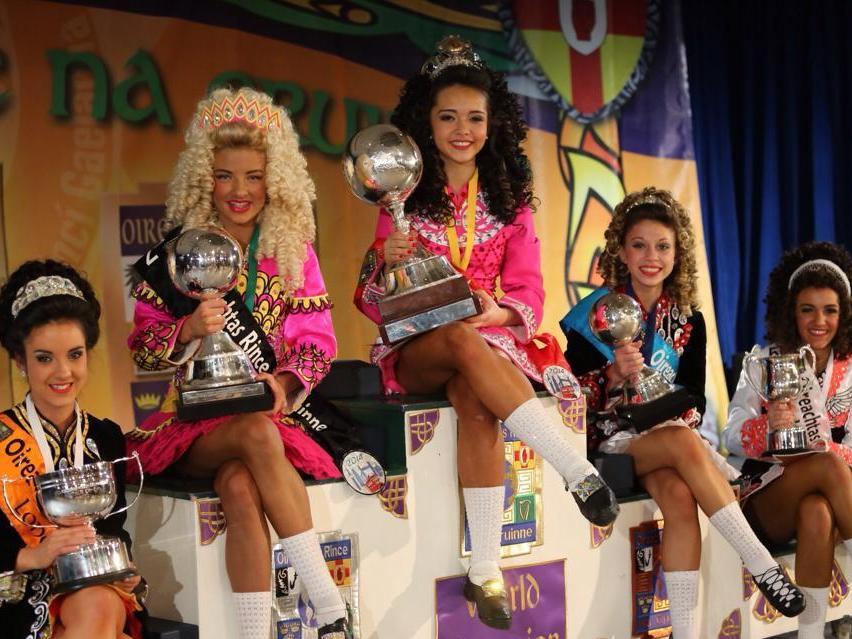Misty Copeland: meet the ballerina who rewrote the rules of colour, class and curvesPosted in Articles, Arts, Media Archive, United States, Women on 2015-06-22 01:01Z by Steven |
Misty Copeland: meet the ballerina who rewrote the rules of colour, class and curves
The Telegraph
2015-06-21
Jane Mulkerrins
Facing opposition about her race, shape, even her hair, the ballet dancer Misty Copeland battled the establishment – and her own mother – to make it to the top
Misty Copeland can pinpoint the precise moment when she realised her success in ballet held a broader significance. “It was the night I danced The Firebird at the Metropolitan Opera House in June 2012. I had never seen an audience that was 50 per cent African-American. It was overwhelming to know that so many of them were there to support what I stood for.”
As only the third black soloist (one rung down from a principal dancer, or prima ballerina) in the history of New York’s prestigious American Ballet Theatre (ABT) – and the first in two decades – Copeland, 32, is elegantly dismantling the barriers of race and class that have long surrounded the art form. “When I talk to [black] families, they tell me, ‘We never went to the ballet before. Why would we bring our children when they can’t see themselves reflected on the stage?’ ” she says.
Her profile reaches beyond the rarefied realms of ballet: she has performed with Prince on stage, her recent advert for the sportswear brand Under Armour has had eight million views, and she has been namechecked as an inspiration by both Barack Obama and Beyoncé.
In April, she was named as one of Time magazine’s 100 most influential people in the world and was one of the five cover stars for the issue, along with Bradley Cooper, Kanye West, the US news anchor Jorge Ramos and the supreme court justice Ruth Bader Ginsberg. That month, she sparked huge media coverage – and a frenzied rush on the box office – when she and Brooklyn Mack became the first black duo to dance the leading roles of Odil/Odette and Prince Siegfried in Swan Lake for a major ballet company.
But Copeland’s prominence and influence is all the more incredible given her wholly untraditional path to the top. As she recounts in her bestselling autobiography, Life in Motion: An Unlikely Ballerina, which is now being developed into a Hollywood film, she did not begin lessons until the age of 13 – positively geriatric in the dance world…
Read the entire article here.


